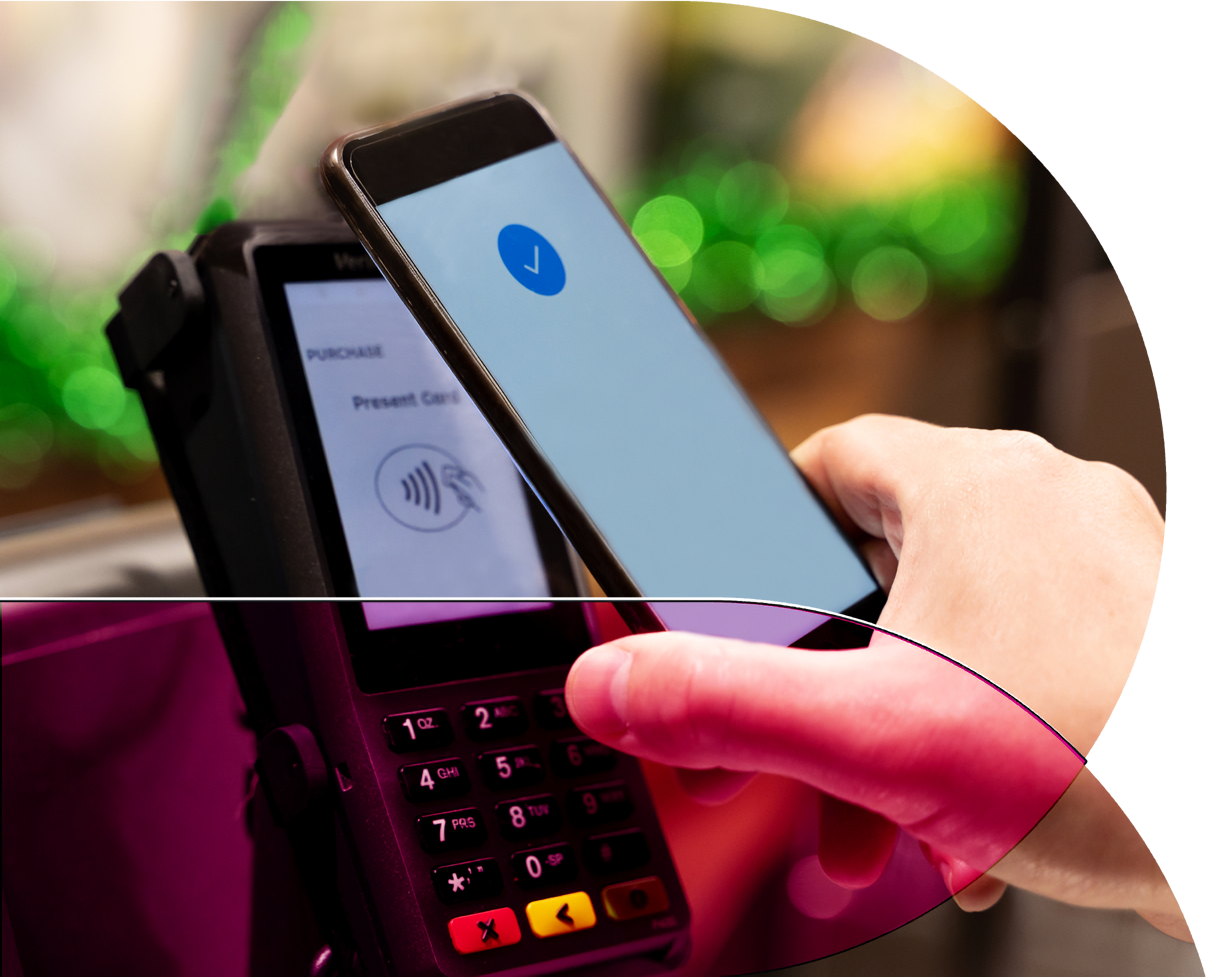How optimizing your product images can accelerate e-commerce conversion for this year’s Amazon Prime Day
Word is out that Prime Day 2022 is set to happen in July. But to keep us all in anticipatory excitement, Amazon is keeping the exact date secret.
For those unfamiliar, Prime Day is the moment in the year when Amazon Prime members who have opted into paying an annual fee to enjoy free shipping on Amazon purchases (and access to Amazon‘s video streaming services) get the extra benefit of a one day “sale-a-bration” of discounted items across virtually all categories in the online retailer platform.
Started in 2015 to commemorate the Amazon website’s 20th anniversary, their purpose is expressed as follows: “Our only goal? Offer a volume of deals greater than Black Friday, exclusively for Prime members.”
Prime Day is an extension of the phenomenon of one day sales like Cyber Monday kicking off the holiday shopping season in December which has historically accounted for some of the heaviest shopping days of the year. Before the pandemic, Prime Day was held in July 2019 and then in August in India in 2020 over a two-day event and for the rest of the world in October, racking up $3.5 billion in sales for sellers across the platform.
In 2021 returning to the “summer schedule”, Prime Day was held in June to give a boost to the sellers mid-year, capture more of the traditional “back to school” traffic (as we indeed headed back to the classroom), as well as incentivizing consumers to sign up for Prime. Amazon has raised the annual fee for Prime this year from $119 to $139, the first increase in the package since 2018. (It should be noted that other Amazon services like Amazon Music benefit from what Amazon calls “innovating to benefit our customers”, making the annual “event” about more than just buying goods.)
 In 2021, the most popular item purchased was Fire TV Stick 4K with Alexa Voice Remote, but other best-selling categories included “tools, beauty, nutrition, baby care, electronics including Amazon Devices, apparel, and household products.” According to the “About Amazon” website, top selling items included: iRobot Roomba 692 Robot Vacuum, Keurig K-Slim Coffee Maker, Apple Cider Vinegar Gummy Vitamins by Goli Nutrition, and Crest 3D White Professional Effects Whitestrips.
In 2021, the most popular item purchased was Fire TV Stick 4K with Alexa Voice Remote, but other best-selling categories included “tools, beauty, nutrition, baby care, electronics including Amazon Devices, apparel, and household products.” According to the “About Amazon” website, top selling items included: iRobot Roomba 692 Robot Vacuum, Keurig K-Slim Coffee Maker, Apple Cider Vinegar Gummy Vitamins by Goli Nutrition, and Crest 3D White Professional Effects Whitestrips.
The Prime Day sales themselves are time limited, but in the run up to the 2021 Prime Day, halo sales that benefitted both big brands and small sellers were reported to be substantial:
“The two weeks leading up to Prime Day 2021 were a boon for small business sellers with the Amazon-funded Spend $10, Get $10 promotion. Customers spent over $1.9 billion on more than 70 million small business products during the promotional period, more than a 100% year-over-year increase on sales compared to the Prime Day October 2020 promotion.”
The behavioral impact of scarcity (popular items inevitably sell out fast), social influence (“everybody is going to be buying so I mustn’t lose out!), and the perennial excitement that accompanies the quest for a bargain contribute to making Prime Day a participatory sport. Prime Day activities even include shows featuring entertainment from celebrities like Billie Eilish, H.E.R. and Kid Cudi streaming for those with access to Prime Video!
There are abundant posts and articles this year providing tips for shoppers to make the most of the day by planning their purchases and making lists in advance so that in the “ready set go” after the virtual doors open, they are not wasting time researching but rather going straight to “place in cart”.
With inflation impacting the price of everyday consumer package goods, some experts are admonishing consumers to think about this as an opportunity to “stock up” on regular repeat purchase on grocery items or taking advantage of buying higher priced grocery items that their current budgets can’t afford.
In the “hot state” of a time constrained shopping frenzy, shoppers tend to revert to the intuitive, instinctive, almost unconscious “System 1” behavioral modes of decision making, trusting their gut that they are making to right choice.
A significant driver of that decision making is visual. Humans process visual, pictorial imagery 60,000 times after than text and 90 percent of information transmitted to the brain is visual. So particularly this year with the anticipation of Prime Day expanding the bargain pool to household goods, it is incumbent of manufacturers to make sure that their product detail pages on Amazon include compelling images that increase the potential for sales conversion.
So, in the same way that consumers are “prepping to Prime”, brands should take the time to assess whether the images on their Amazon product data pages are optimized to lead to the best conversion rates possible when bargain hunting shoppers descend on the site.
At the eFluence™ division of Behaviorally we have been hard at work developing solutions that help manufacturers do just that.
Our Flash.PDP™ SaaS-based image optimization tool enables e-commerce marketers to utilize AI computer vision to evaluate product images against our extensive database of shopper KPIs. The AI powered platform connects to retailer sites like Amazon and automatically evaluates PDP images to determine which ones are high performing and which ones are deficient. Clear, easy-to-understand and actionable scores identify things to fix in PDP images to improve their capacity to convert a search into a purchase.
We wish all Amazon sellers successful conversions and sales this year on Prime Day, from big brand to small businesses trying to take advantage of this once a year event. But we know that e-commerce is not without its pain point under normal circumstances (Check out our e-book on the subject!)
If you would like to ensure that your images on the Amazon product detail page are primed to deliver you the results you want, contact us for a product demo of Flash.PDP™.
 THE AUTHOR
THE AUTHOR
Ruben Nazario is the Vice President of Digital Shopper Innovation at Behaviorally’s new technology division, eFluence™. He has over 12 years of experience in the insights industry and is a strategic, solutions-oriented leader with a creative problem-solving approach. He has been at the forefront developing innovations to gather in-depth consumer insights with a keen interest in e-commerce and omnichannel shopping journeys. Ruben has lived in Mexico City, New York City, and now currently resides in Atlanta. Connect with him on LinkedIn.
